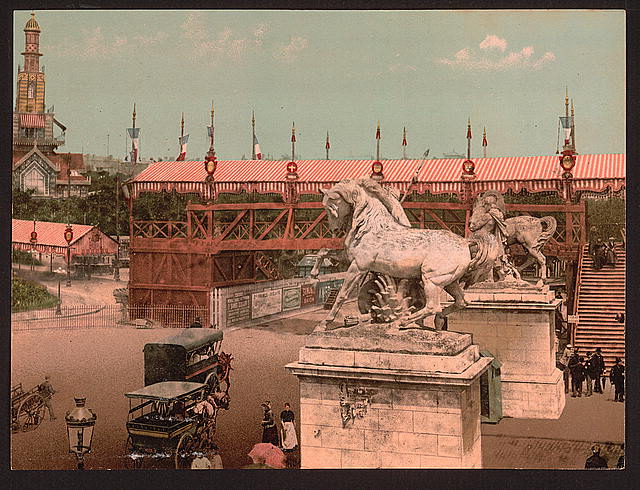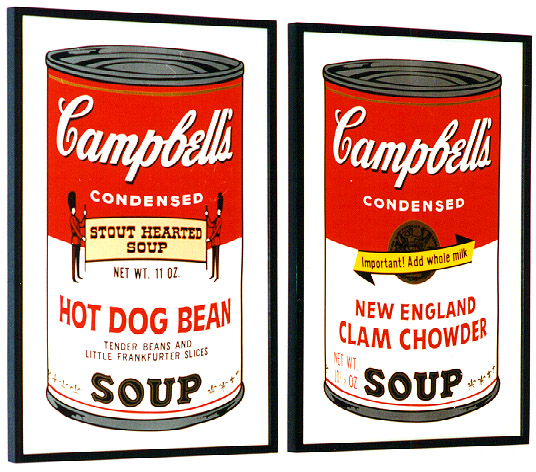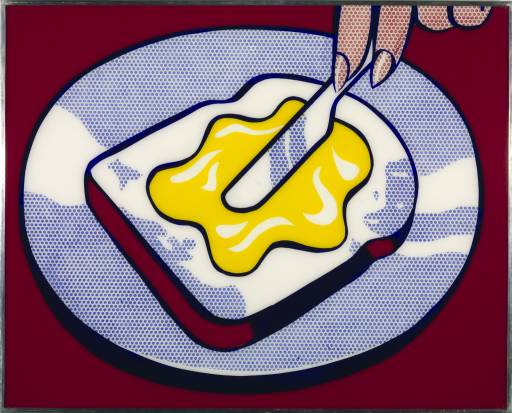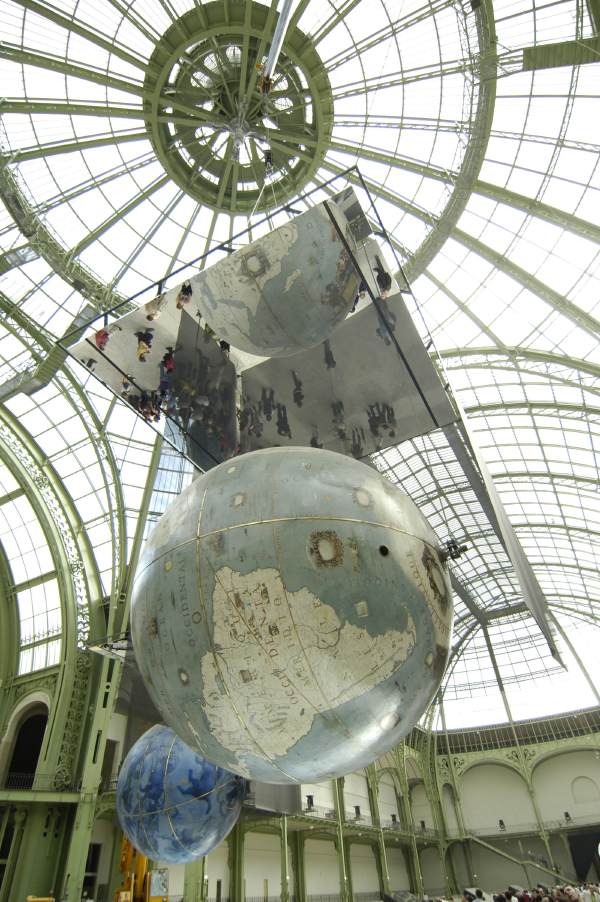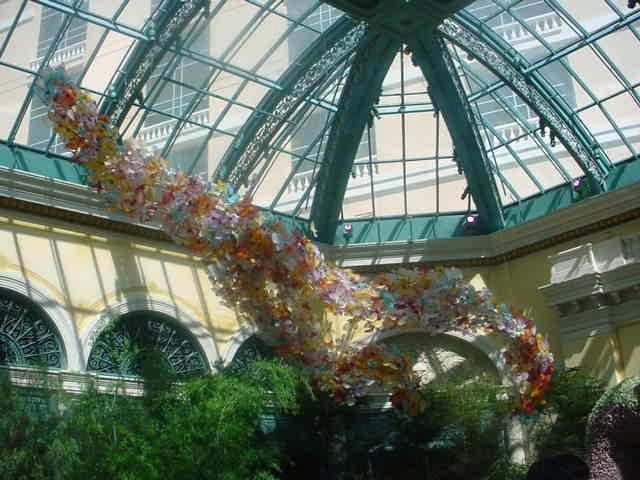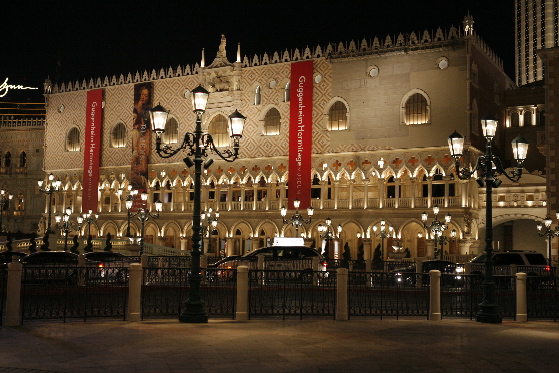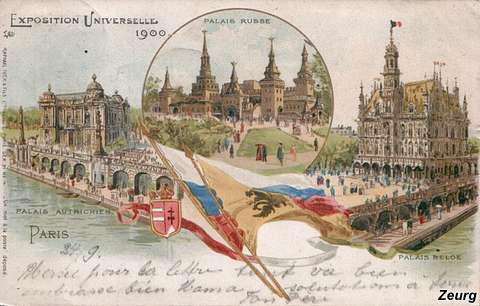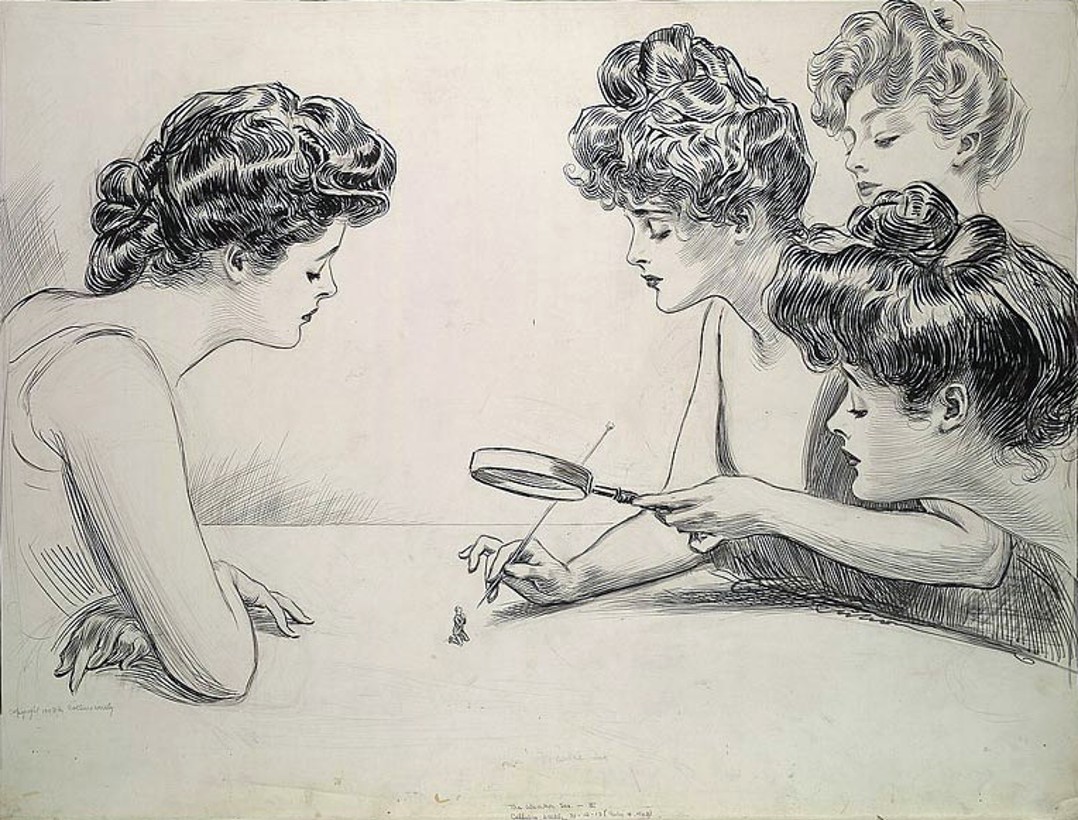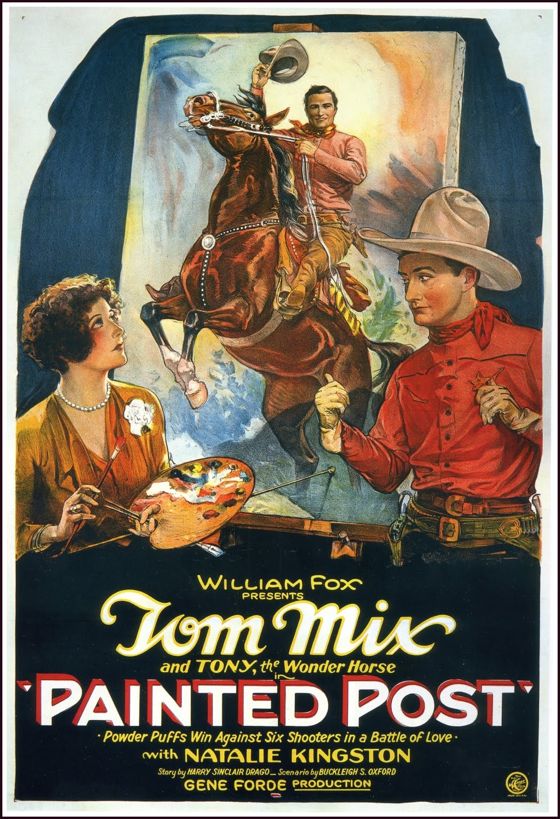
MERRY-GO-ROUND

One of the cultural pleasures — yes, cultural pleasures, I say — of living in Las Vegas is that it allows one to get
in touch, imaginatively and sensually, with other delirious places in other delirious times . . .
.
. . such as, for example, the Paris of the Second Empire, when that
great city tried to distract itself, and the world, from the coming
rule of finance and industry with a mad whirl of elegant frivolity, all
set to the ironically careless music of Offenbach.

Among
the great features of the Second Empire (1852-1870) were the
spectacular international expositions that drew the world to Paris and
beguiled it with magical visions of exotic places and an even more
exotic future in which technology would harmonize and elevate all the
peoples of the planet.
| © 2006 Paul Kolnik |
One
cannot fail to see echoes of the legendary pavilions of these
expositions in the phantasmagorical resorts that now gleam
preposterously on the Las Vegas Strip. We even have here a replica of
the Eiffel Tower, a surviving relic from one of those expositions in
the 19th Century’s City Of Light. (The Tower dates from a later time
than the Second Empire but epitomizes the wonders of cast-iron
construction that so dazzled the Second Empire with its fantastical
possibilities.)

Here,
too, we can feel precisely the mood of visitors to the Prater, the
fabulous playground of pre-WWI Vienna — a place where shopgirls and
hussars gathered for elegant gaiety on the eve of apocalypse . . . the
weight of the old world’s doom only adding to the lyrical charm and
dazzling enchantment of the old world’s last sweet celebration of pure,
careless joy.
Echoes
of this poignant moment in time can be found in art, of course — in
Viennese operetta and most explicitly in the visions of Old Vienna
conjured up in the films of Erich Von Stroheim. But in Las Vegas today
you can experience it for yourself.
Writers always look for darkness in Las Vegas — an example of literary and intellectual irony, I suppose, since Las Vegas
is an empire of light. But it is also an empire of lightness, of silliness, of carefree release.
The
emptiness of the surrounding desert is keenly felt here — a perfect
image of the disintegration of humane life and vital culture in the
world at large. The dark revelations of Las Vegas’s conventional
literary observers are entirely redundant, banal and obvious. The Luxor
resort is a pleasure palace built in the form of an ancient tomb.
Grant’s final resting place is faithfully reproduced at the New York
New York casino. Las Vegas knows what it is about and needs no
reminders from emissaries dispatched by the old, dying culture to
“expose” it.
| © 2006 Paul Kolnik |
Here,
as on the Boulevard des Italiens in Offenbach’ time, as at the Prater
in the time of Von Stroheim’s youth, people congregate heroically to
remind themselves that the sweet, silly, ephemeral pleasures of life
will survive the collapse of civilizations and the ossification of
culture.
Here, as on Offenbach’s stages, as on the Prater’s carousels, “everything turns, everything dances . . .”

A MORT KÜNSTLER FOR TODAY
NOTABLE FILM NERDS OF 1966
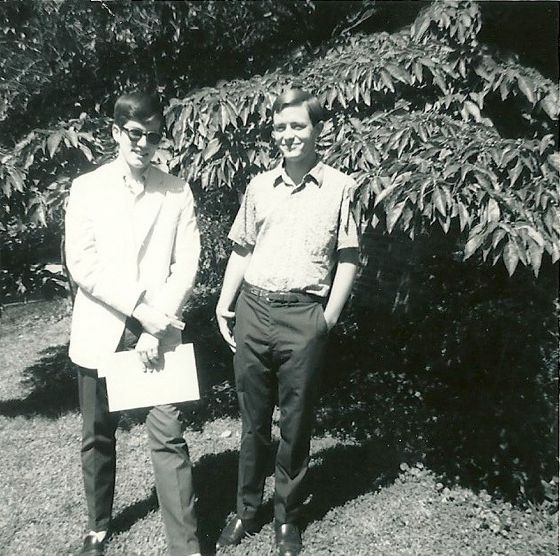
Paul Zahl, on the left, and myself — possibly just after completing principal photography on The Fruit At the Bottom Of the Bowl, our unauthorized 8mm adaptation of the Ray Bradbury short story. Paul played a debonair seducer who gets his just desserts, even as the wronged husband who delivers the revenge is plunged into madness. I directed and had a bit part as a police detective. We always thought it was important to choose film subjects drawn from our own life experiences.
DEW DROP INN
As I’ve written before, Baudelaire saw the world, at its best, as an inn.
I see Las Vegas as a phantasmagorical rendition of that idea into an
urban space, and an urban ethos. It’s also possible to see the
phantasmagorical aesthetic of Las Vegas as a radical critique of 20th
Century art, 20th Century fine art, in particular, which perhaps
strayed too far from the auberge.
The idea of art itself as a kind of inn is not new. In his preface to “Tom
Jones”, way back in the 18th Century, Henry Fielding says that “An
Author ought to consider himself, not as a Gentleman who gives a
private or eleemosynary Treat, but rather as one who keeps a public
Ordinary, at which all Persons are welcome for their money.”
(Eleemosynary means charitable, and a public Ordinary is of course a
public tavern — a pub.)
The fine arts in the 20th Century, alas, out of a kind of decayed
Romanticism, a puerile rebellion against Victorian forms and an often
hypocritical reaction against commercialization, became a hermetically
sealed system, which the public was not invited to enter — popularity
was considered demeaning and art itself became a specialized realm
which the ordinary person could approach only as a supplicant, in the
care of priestly academic guides.
Pop art was a reaction to this insufferable piety about art — Warhol’s soup cans and Lichtenstein’s comic strip panels were like inn signs welcoming the public back into the ordinary. Sadly, there were no inns attached to these signs — they were gestures, wonderful jokes on the art world, but behind them lay empty rooms . . . no comfort or sustenance for the weary traveler. People used posters of them as wall decorations, but went to the movies and to rock and roll for art that had a transformative power in their lives, that offered shelter from the storm.
Meanwhile, officially discredited Victorian forms continued to carry, unofficially, art’s burden in the culture. Victorian melodrama, 19th-Century program music and academic painting migrated into the movies in obvious but unappreciated ways — at least by the official academic/intellectual observers of the 20th Century, who insisted on seeing film as a “modern” art, though it was modern only in its technological means. The scenic ambitions of Victorian theater and world expositions resurfaced in theme parks and in the megaresorts of Las Vegas.
Above is the interior of the Grand Palais in Paris, built for the Universal Exposition of 1900. Below is the interior of the conservatory at the Bellagio in Las Vegas, built in 1998.
At the world exposition of 1900 in Paris, there was a “Paris street”,
which offered a miniature Paris in a succession of attractions themed as
a Parisian boulevard — Loie Fuller, the famous dancer and early film
subject, had a theater in it, a popular satiric journal sponsored a
Punch and Judy show. An artificial Paris presented a sort of summary of
the real city’s spirit — a real city which lay just outside the gates
of the exhibition. This is obviously connected conceptually to the
more ambitious rendition of Paris afforded by the Paris Las Vegas, to
the Venetian, and to the Monte Carlo. It’s an example of architecture
as theater, as a vehicle of narrative.
While a self-respecting intellectual today might see the megaresorts of Las
Vegas as unique and alien examples of late 20th-Century vulgarity, a
19th-Century visitor to modern Las Vegas would feel quite at home,
culturally speaking. She would immediately recognize the megaresorts as
variants of the pavilions of the sensational world expositions of her
time. Most importantly, she would recognize the feeling of being at
home in the presence of art — an art which, like the movies and rock
music, like Fielding’s “public Ordinary”, welcomes all for their money.
Fielding’s Gentlemen of art, with their private, charitable Treats,
will come back to Las Vegas eventually, offering to stand a round of
drinks for the house . . . or maybe a few rounds of drinks. They’ve
been away a disgracefully long time, after all, and the culture has
moved on quite cheerfully without them.
A JAPANESE WOODBLOCK PRINT FOR TODAY
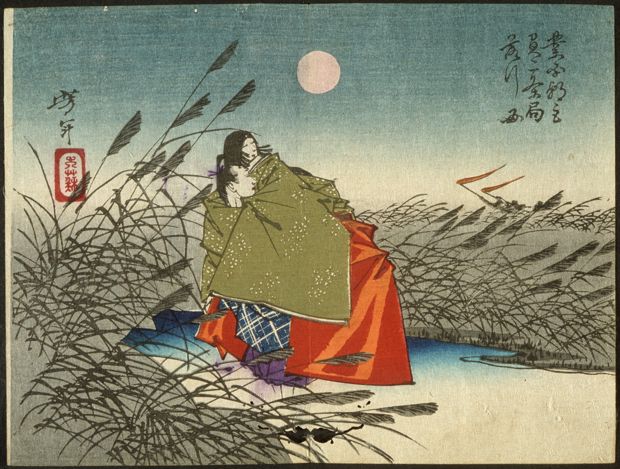
From the LACMA collection.
A CHARLOTTE HARDING FOR TODAY
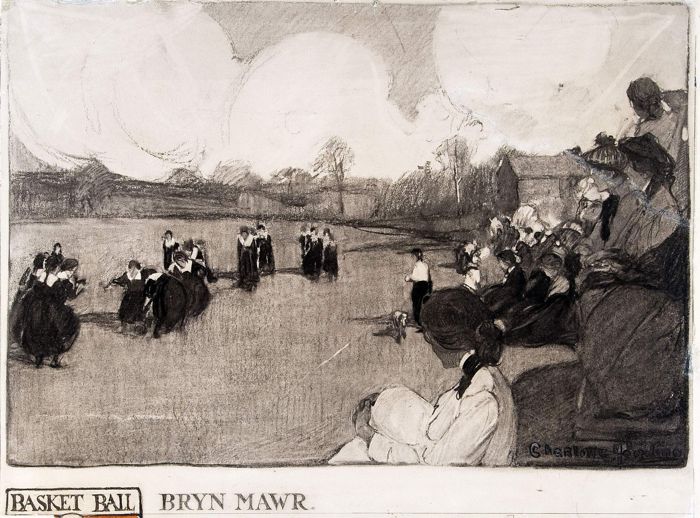
A MATT CLARK FOR TODAY
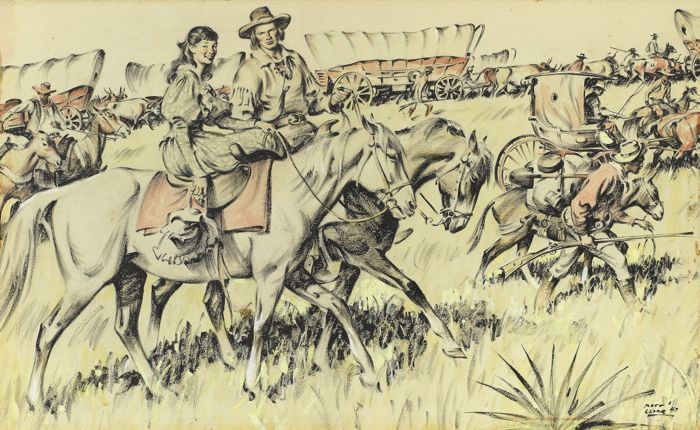
“Bonanza, The Comstock: A Caravan Returns to Gold Canyon”, American Weekly story illustration, 1947.
The Comstock Lode was the first major deposit of silver located in the United States, in 1858, in what is now Nevada but was then the western part of the Utah Territory. It created a rush similar to the California Gold Rush, leading to the founding of Virginia City — a place of fabulous wealth and vice — and the creation of the state of Nevada. The lode was pretty much played out by 1874. Virginia City has only about 1,500 residents today and makes its money mostly off of tourism, because many remnants of its former splendor are still standing, out in what is now the middle of nowhere.
BREEZY
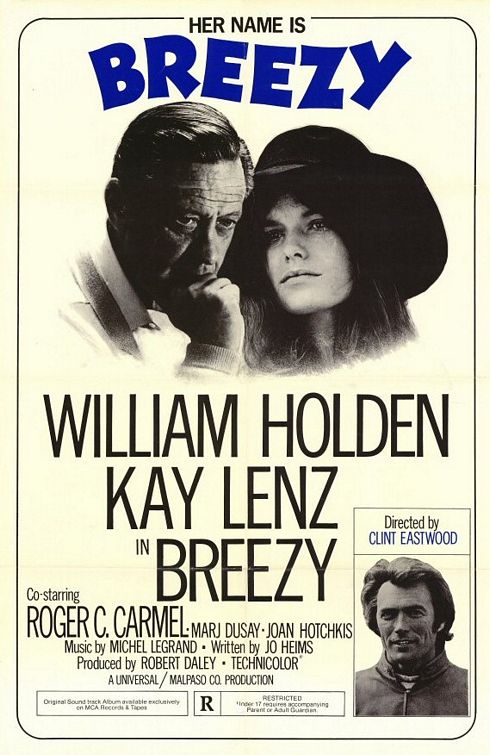
How do you portray a convincing love story between an 18 year-old woman and a 50-something man — one that isn’t totally creepy? Somehow Clint Eastwood pulled it off in Breezy, the third film he directed, in 1973.
It helps if the 50-something man is played by William Holden, still in good shape at 55, devilishly handsome and charming, and the woman is played with impeccable intelligence and poise by Kay Lenz, 20 when the film was made.
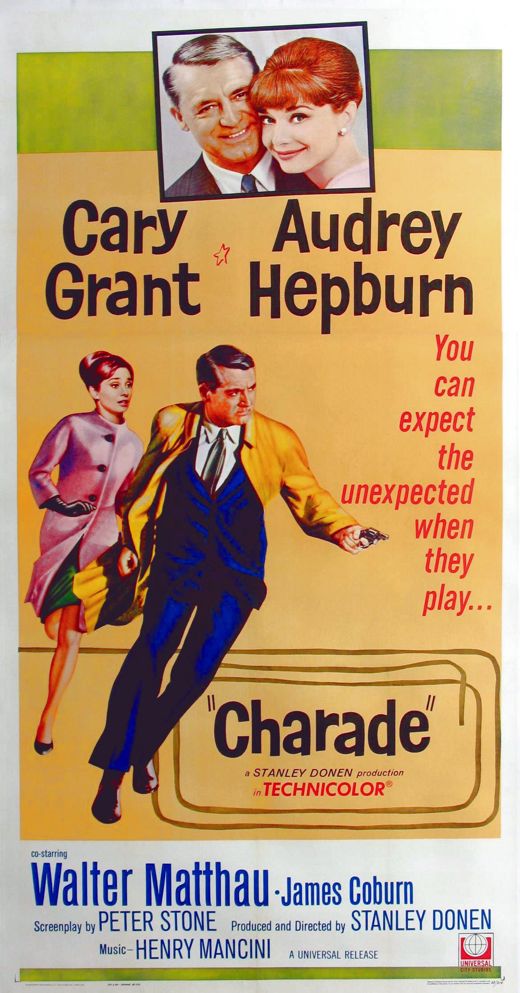
Cary Grant intuited the basic strategy when he starred, at the age of59, opposite Audrey Hepburn, 34, in the film Charade. Grant insisted that the script be rewritten, based on that casting, so that he never at any point was seen to be chasing after the Hepburn character. Every
romantic or sexual move had to be initiated by her. Grant couldn’t chase, but he could be caught, if it was clear that the woman was in charge every step of the way.
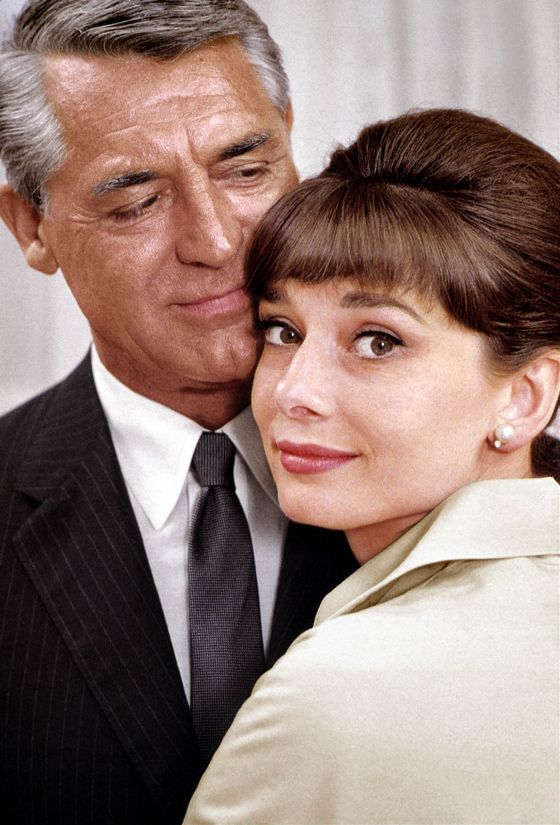
This is not how a romantic leading man normally wants to be portrayed in a love story, but in this case Grant felt it would be crucial to selling the relationship. It required Grant to substitute a delicate wit in the place of virile aggression, in deflecting her advances, and it required Hepburn to substitute a bolder kind of wit in the place of seductive elusiveness.
This is the dynamic employed in Breezy. The young woman, Breezy, is the seducer — the older man resists. It becomes a battle of wits, with high stakes — character and soul.
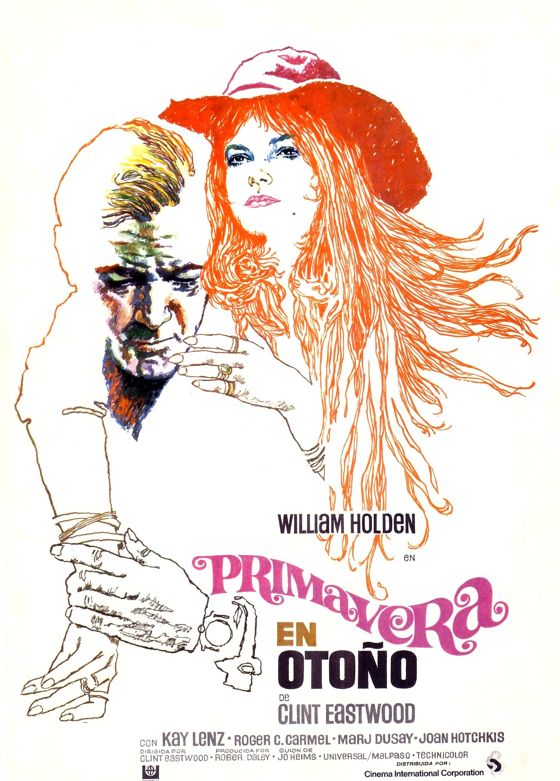
Breezy goes Charade one better, though, by making the young woman far more mature, emotionally, than the older man. Part of her seduction lies in exposing his puerile defenses against feeling, against emotional commitment. In the process, everything gets turned on its
head.
The woman stays in charge, but the man seduces her in return by his appreciation of and respect for her wisdom. This is closer to what is probably the typical dynamic of a love affair than most films ever get, but in Hollywood it seems to happen only when the man has the built-in power advantage of age, so that his sensitivity doesn’t unman him.
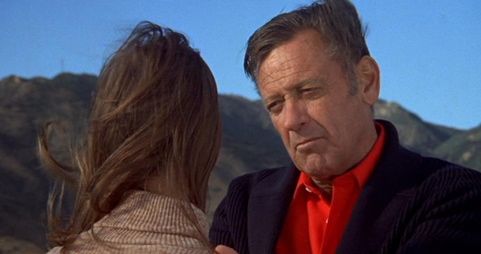
Watching a film like Breezy, where the age difference between the lovers is actually unsettling, makes you realize how cavalierly Hollywood takes the older-man/younger-woman model when the age difference isn’t so extreme. It’s normally all about the fantasies of older men, in which women are the trophies of power. As it happened, the executives at Universal, which made Breezy, didn’t like the film Eastwood delivered and dumped it without any promotion. It never found an audience — and maybe there wasn’t one. Maybe nobody wanted to see a film in which the price of some young tail was so high.
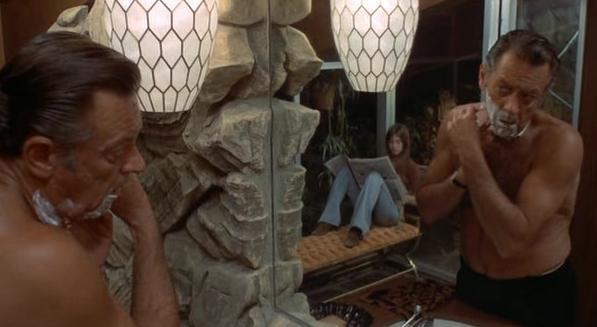
Breezy offers her older man sex up front, but she also makes him want to be worthy of her, sending him on a journey of self-discovery that is difficult and painful. She knows exactly what she’s asking, too, and she asks it because she sees something in him that he doesn’t see or has lost . . . and she trusts him to find it, trusts him to grow up.
By an unusual and improbable route, Breezy becomes a real love story — not the self-congratulatory male fantasy the Universal executives probably thought they were buying.
A ROBERT G. HARRIS FOR TODAY
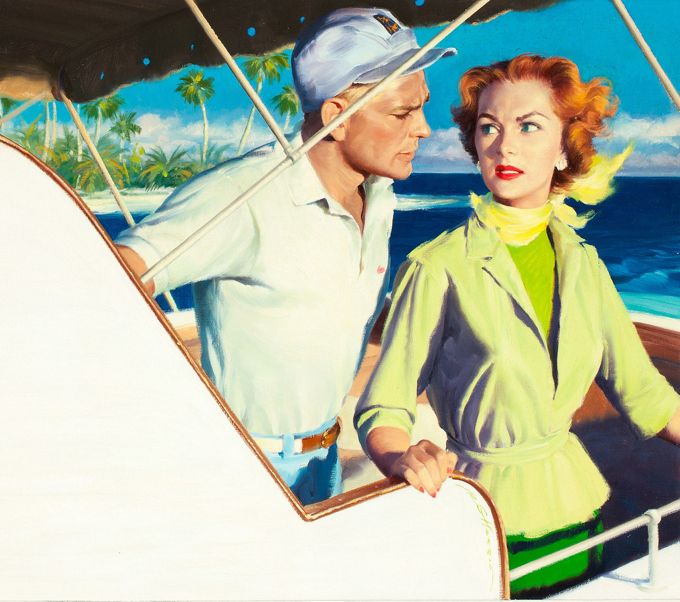
A perfect story illustration — something interesting is going on here, in an interesting place, and you want to know what it is.
A CHARLES ZINGARO FOR TODAY
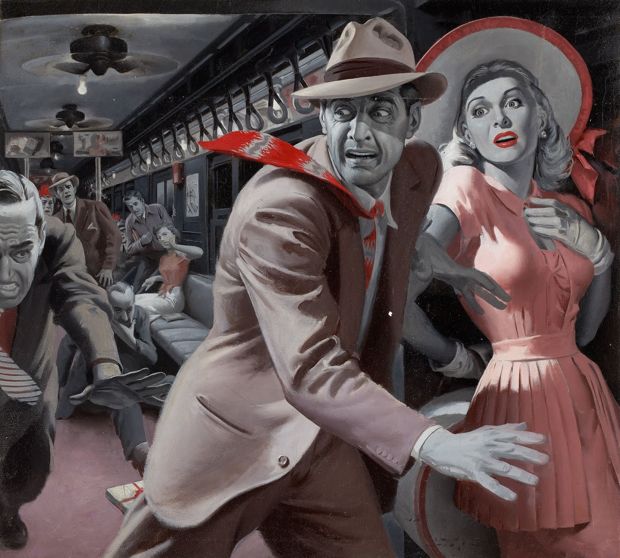
“Surprise On the Subway”, Men's Adventure magazine illustration — stunning use of a two-color palette.
I miss New York . . .
A GIL ELVGREN FOR TODAY
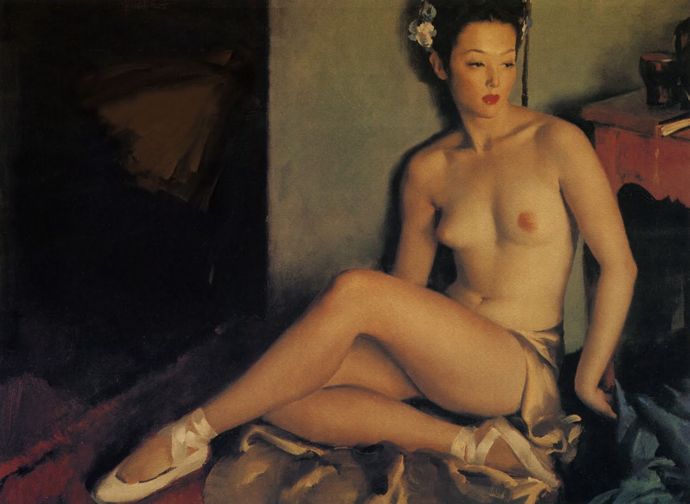
Eurasian Girl — a private, fine art painting by the great pin-up artist.
A CHARLES DANA GIBSON FOR TODAY
A KAWASE HASUI FOR TODAY
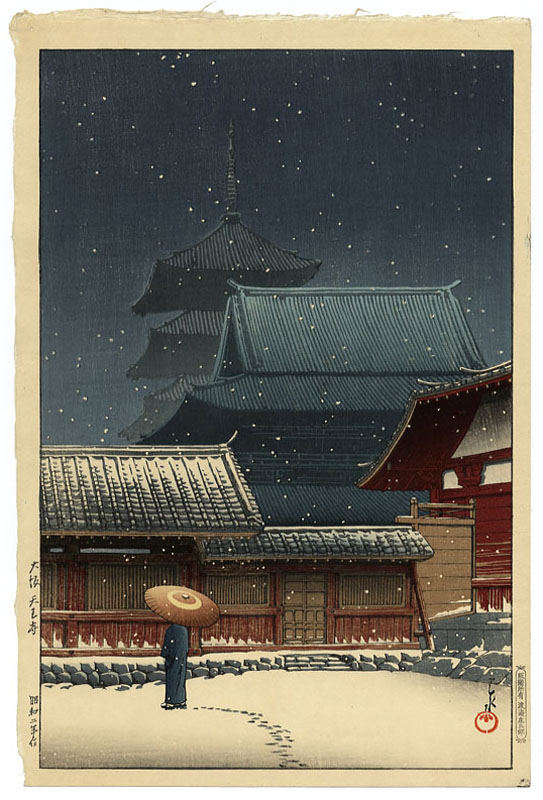
Tenno Temple In Osaka, with thanks to Brandon Taylor . . .
A ROBERT G. HARRIS FOR TODAY
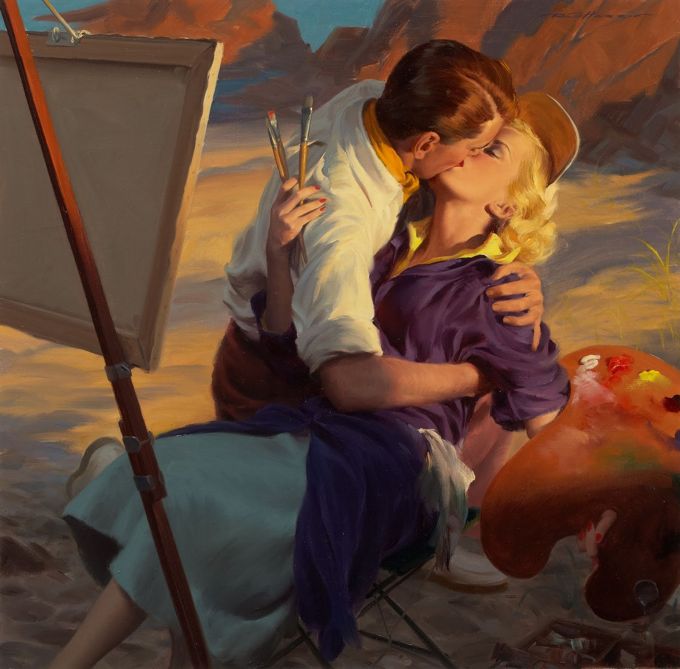
“A Kiss From Johnny”, story illustration, McCall's Magazine, 1952.


